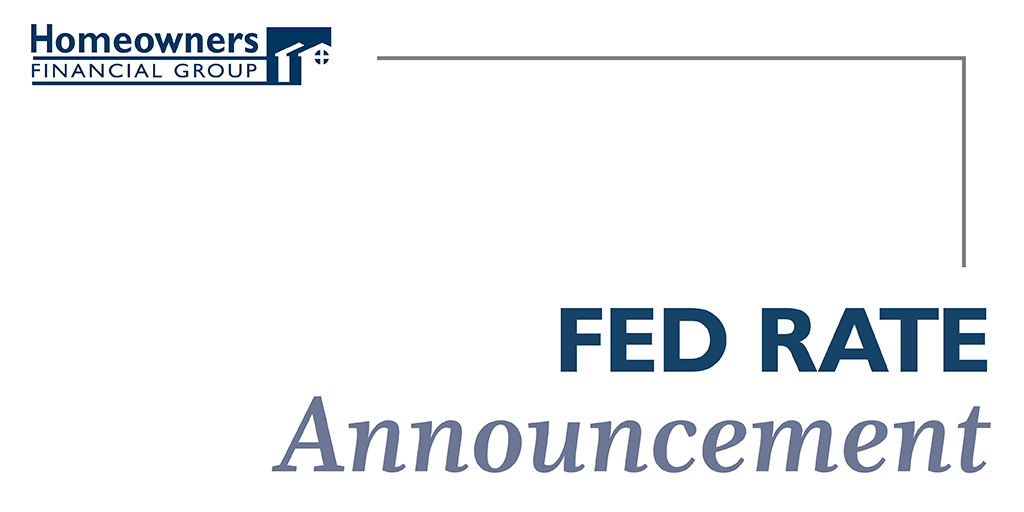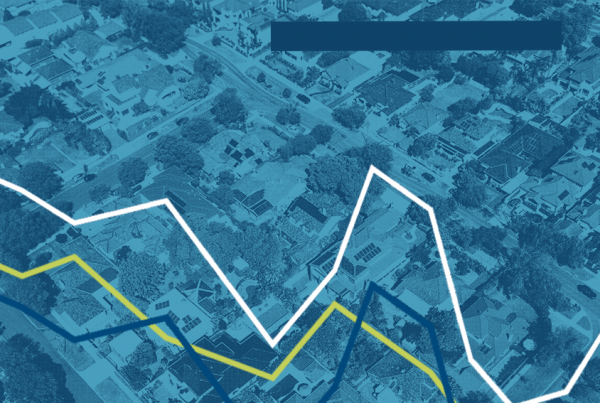
As expected, the Fed did not change policy rates at its most recent meeting. The ongoing public health crisis will weigh heavily on economic activity, employment, and inflation in the near term, and poses considerable risks to the economic outlook over the medium term. In light of these developments, the Committee decided to maintain the target range for the federal funds rate at 0 to 1/4 percent. The Committee expects to maintain this target range until it is confident that the economy has weathered recent events and is on track to achieve its maximum employment and price stability goals.
Who is the Fed?
The Federal Reserve Board (the Fed), controls the Fed Funds Rate and the Discount Rate. These are charges for overnight loans from bank to bank or from the Fed to member banks.
What does the Fed rate impact?
- It directly influences banks’ “prime rates,” which are often used to calculate interest on consumer products like credit cards, private student loans, and home equity lines of credit (HELOCs). Adjustable Rate Mortgages (ARMs) may be directly impacted as well.
- Fixed mortgages are typically based on long-term rates, which are not directly affected by Fed rate changes. However, Fed policy does influence mortgage rates, which can change in anticipation of future Fed action. There are exceptions, yet home loan rates will typically follow overall interest rate trends over time.
What’s next?
The Committee will continue to monitor the implications of incoming information for the economic outlook, including information related to public health, as well as global developments and muted inflation pressures, and will use its tools and act as appropriate to support the economy. To support the flow of credit to households and businesses, over coming months the Federal Reserve will increase its holdings of Treasury securities and agency residential and commercial mortgage-backed securities at least at the current pace to sustain smooth market functioning, thereby fostering effective transmission of monetary policy to broader financial conditions.
How can we help?
As always, HFG will continue to monitor rates and provide updates on industry news. Please reach out to a Licensed Mortgage Professional near you if you would like to discuss your unique situation.





